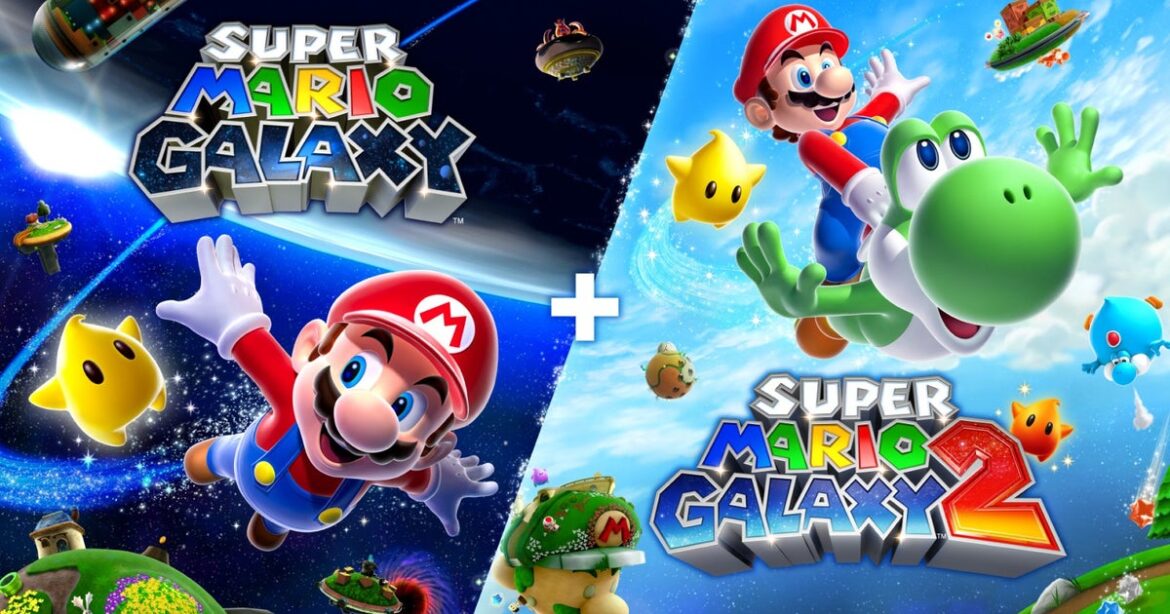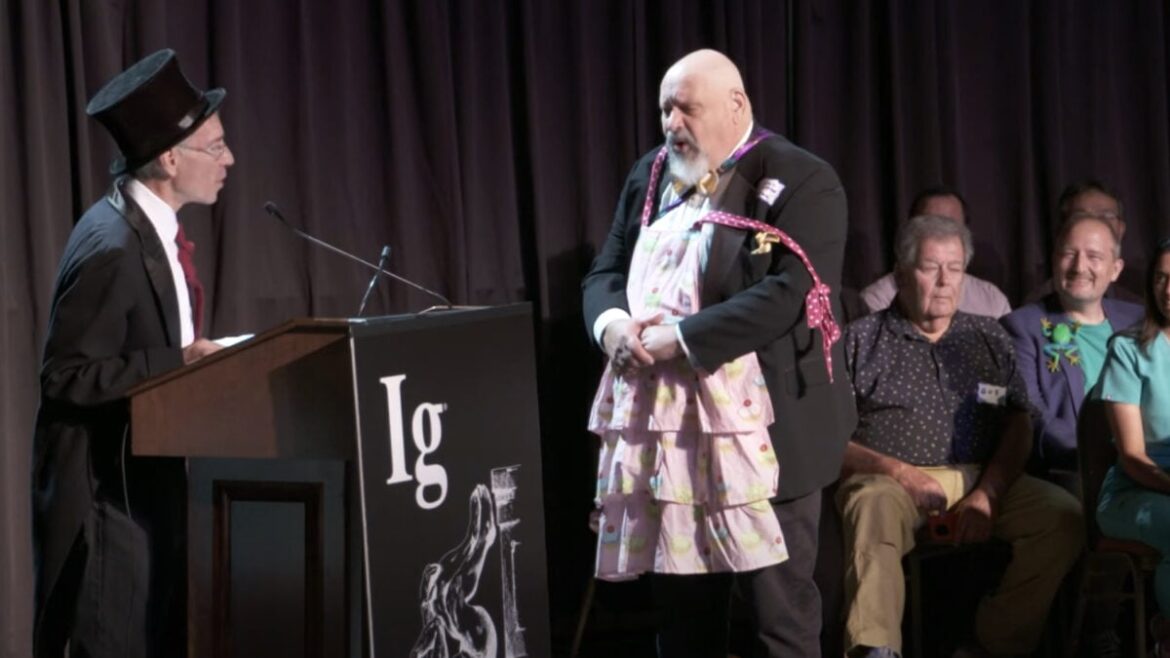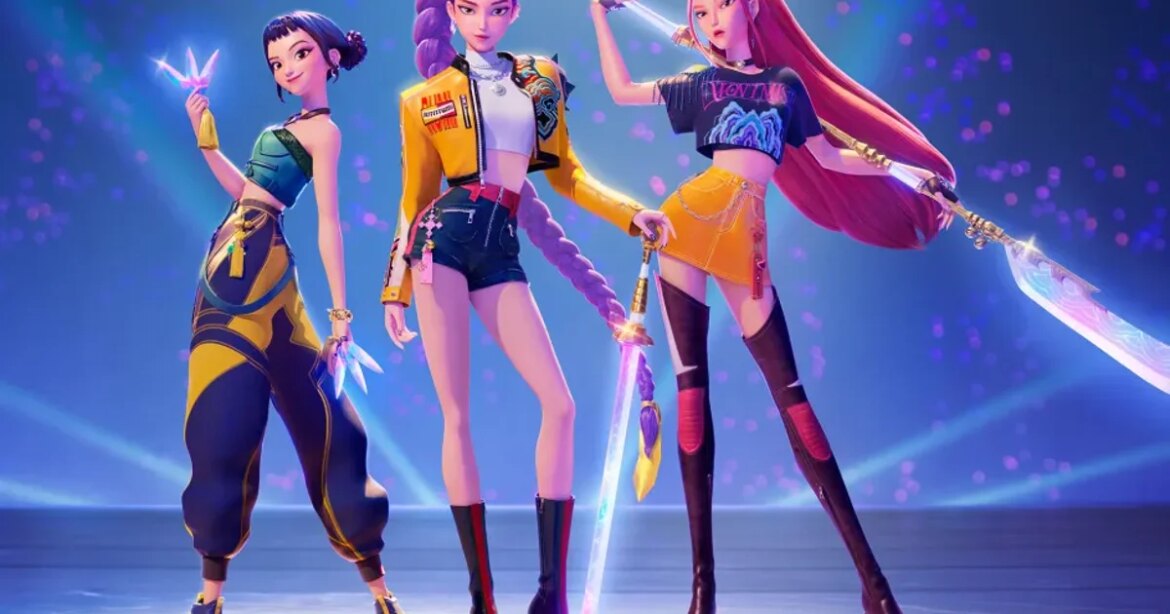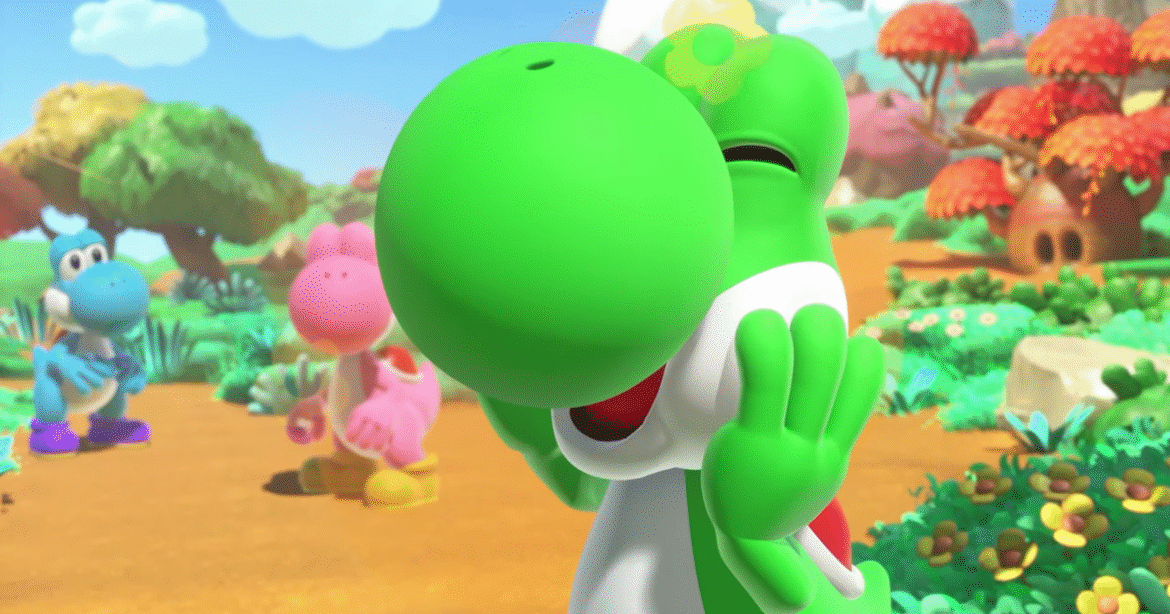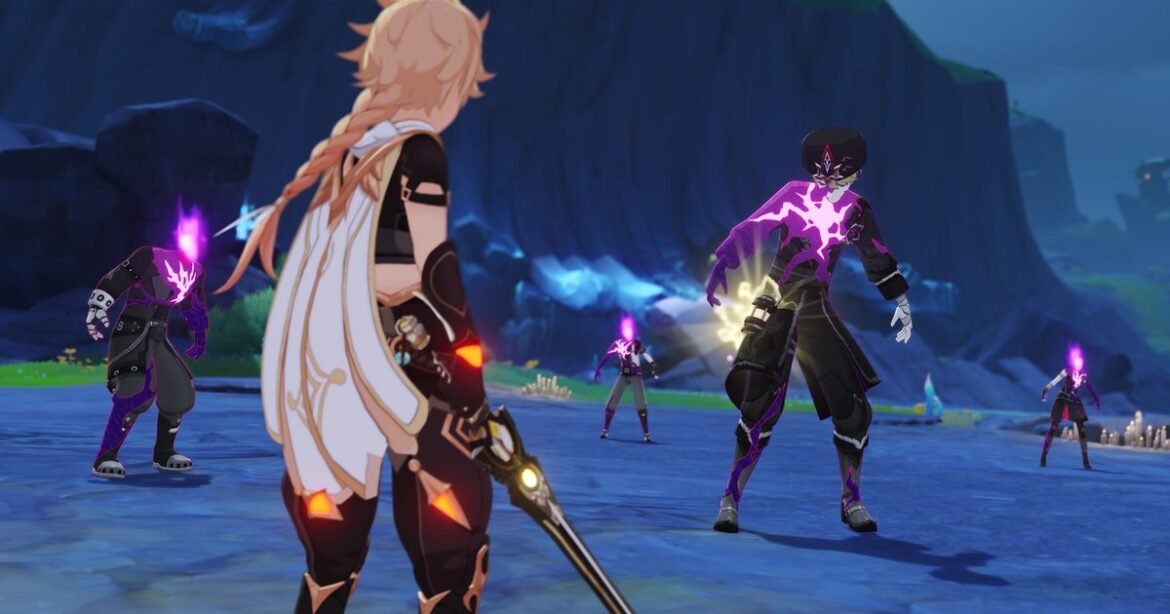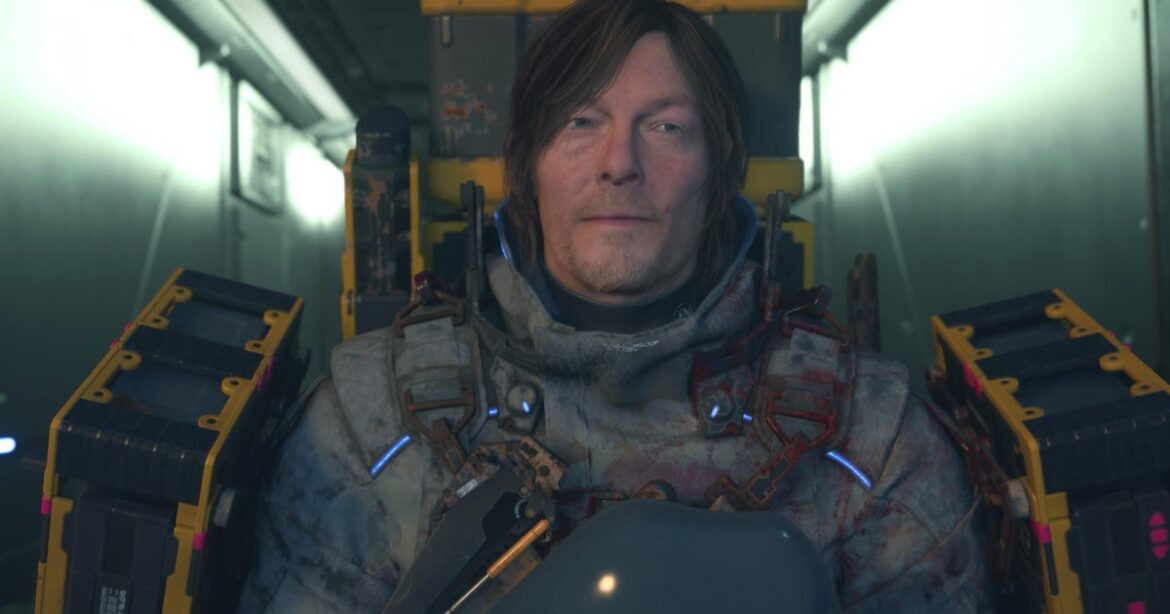While Super Mario Galaxy has appeared on Nintendo Switch before, via 2020’s Super Mario 3D All-Stars, this week’s re-release is still momentous. For one, 3D All-Stars was bizarrely only for sale for a limited time – so this will be the first time this game has a ‘standard’, ever-available Switch version. More importantly, this is the first time that Galaxy 2 is on Switch, meaning we now have one of gaming’s finest duologies reunited and available on modern hardware. All of this is great news.
Super Mario Galaxy and Super Mario Galaxy 2
- Developer: Nintendo
- Publisher: Nintendo
- Platform: Played on Nintendo Switch 2
- Availability: Out 2nd October on Nintendo Switch and Switch 2
Having spent a fair chunk of time with each of the new ports, I’m looking forward to an inevitably reignited debate about which of these two games is better. The rare Nintendo direct sequel, Galaxy 2 is doubtless more refined, tightly organized to push its best ideas early and hard before offering up bold experimentation and fiendish late-game challenges. But that game can only exist because of the original Galaxy – experimental, charming, and wildly atmospheric.
The two form a fascinating one-two punch in this sense. Take the core structure of the games: Galaxy goes all-in on breezy hangouts in an attractive and story-rich but relatively inconsequential hub world. Galaxy 2 jettisons that for a very simple hub with a dialed-back narrative. The first title generally channels the levels of Super Mario 64, with multiple run-throughs and the like – Galaxy 2 embraces more of a linearity reminiscent of Mario’s 2D outings, in turn allowing for more attempts at joyous one-off level design spectacle.
Image credit: Nintendo / Eurogamer
Anyway, I digress. The funny thing about writing about a new release of games such as these is that there’s little point in litigating about the quality of the work. These are undeniably classics. The march of time is not going to change that for the Galaxies any more than it has for the very first Super Mario Bros. With that said, there are curious wrinkles in how these titles play that are only now visible because our minds have been collectively rewired by Odyssey – ways in which you realise Odyssey’s physics are slightly superior, its narrative waffling better delivered, and the game’s visual identity more refined. I feel if you showed that trio to somebody who had never seen them before, they’d easily identify which game is the newest – but none of this takes away from the brilliance of the Galaxy games.
What is more important, then, is the quality of the port. And it’s, you know… it’s fine, right? We know that Nintendo can port over GameCube and Wii games well enough to new hardware. Titles like the 3D Mario games have an art style that ages and scales exceptionally well, too. There was a time when this primarily benefited emulation enthusiasts who were running Wii or 3DS Mario games at much higher resolutions – but now, Nintendo can also reap such benefits first-hand.
Watch on YouTube
Both games run at 1080p on Nintendo Switch and 4K on the Switch 2. Things like the user interface have been tidied up, and everything is smooth. It’s nice, and from that perspective doubtlessly the new definitive way to play these games. I’m less enamored with the control setup, however.
The Mario Galaxy games were built as system-defining, hardware-shifting tentpoles for the Wii, and so they ooze that 2006 energy. The menus are all designed for the pointer interface, for instance – all great big buttons and the like. These of course can be navigated more traditionally and the UI has been subtly adjusted, but the design hasn’t fundamentally changed. The same is true of the game proper, which assumes you’re playing with a Wii Remote and a nunchuck – your right hand free to point at the screen to pick up or fire off starbits, or in Galaxy 2 to interact with the environment using Yoshi’s tongue.
You probably sense where this is going. If you want to play these games in handheld mode, or with a Pro Controller – in a more traditional way, more reminiscent of Odyssey – the act of controlling all of Mario’s skillset becomes uncharacteristically hard work. Some mechanics naturally fade to the background, which naturally is a shame. On the other hand, the Joy-Con is not a Wii remote. The gyroscopic-style cursor control is not as natural or as immediate as a sensor-powered pointer.
Image credit: Nintendo
Image credit: Nintendo
Image credit: Nintendo / Eurogamer
Image credit: Nintendo
Again, it’s fine and you do get used to it. You’ll gradually dial into a ‘zone’ where it becomes more natural over time, too. Still, it’s undeniable that this isn’t as intuitive or as good as on the Wii. I’m reminded of 3D All-Stars and its version of Super Mario Sunshine, which without the GameCube controller’s analogue triggers works just fine but is nevertheless somewhat compromised. In that case, support for the triggers was later patched in – but obviously, there’s no Wii Remote support on Switch, so that’s impossible here. What we have is what we’re going to get.
There’s also a sadly missed opportunity here, which is in the lack of mouse controls. The Switch 2 might not have a proper pointer, but it does have that going for it – but it’s unused! Or, well, not exactly. In a classic baffling Nintendo move, the Joy-Con 2 mouse is supported for the second player in the co-star mode, where a second player can join in the fun in a limited way – but the mouse can’t be used in any form when playing solo. It was probably deemed too awkward, given how your right hand also needs to liberally use the analogue stick to control the camera (though this is less important in this game, as the originals lacked camera control in the first place) and of course use those all-important action buttons. At the same time, I could easily see a scenario where a split Joycon player might seamlessly transition to temporary mouse control for pointer-intensive moments. No such luck.
I’d be more inclined to accept all of this without comment, by the way, if these were particularly cheap re-releases. At £34 individually and almost sixty quid for the pair, however, I’d expect every stop to be pulled out and a bit more bespoke tailoring to fit this Wii experience to the Switch machines. The one thing these joyous games aren’t remotely is cynical – but these releases might just be, a bit.
Image credit: Nintendo / Eurogamer
It has to be said that Nintendo has made smart changes, too. Assist Mode is lovely, and makes the elements of these games that did get surprisingly punishing a bit more accessible without damping the ‘core’ experience. The visual improvements are good, the new storybook stuff is cute, and while the soundtrack and amiibo support additions are basic, I appreciate them nevertheless.
So now I sit back, and scroll up, and think to myself: Oh. That’s a lot of negative words about perfectly fine ports of two of the greatest games of all time. And I suppose that’s the thing: these games are so good, and were so perfect in their original forms (we’re talking a pair of Eurogamer tens – remember those? – and a Eurogamer Game of the Generation) that to some extent all one is left with is nitpicks, frustrations, and unfavorable comparisons to near-perfect originals and an even-better-still successor in Odyssey.
And that’s the rub, really. The only thing one with any real light in their heart can do is to fully and loudly say that these games deserve to be played. They are always and forever an instant recommendation and a vital piece of platform gaming history. These ports are solid enough, and the best new, easily accessible way to play these games. So of course it’s a recommendation, in the end. I just wish the journey of my feelings to get to that recommendation were a little less complicated.

